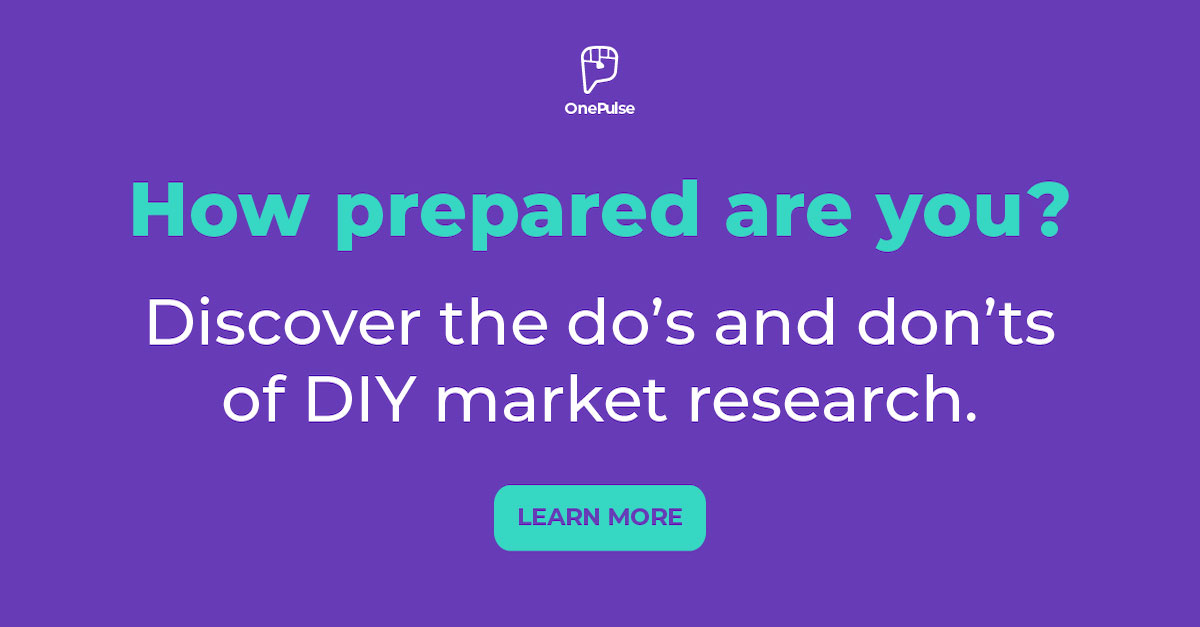Brand Health Metrics: How to Measure and Track
[…]

Top 6 Stats to Monitor Your Brand Awareness and Health
For marketers, brands are like their babies. Every once in a while, you’ll need to schedule a health check. But how can you do this effectively? It’s not like you can just take your brand to the doctor.
Regular brand health tracking is the cure.
This type of market research relies on measuring and tracking vital metrics like brand awareness and consumer preferences.
The health of your brand is directly linked to the health of your business and bottom line. In this post, we explain why you should track your brand health, six important brand health metrics, and the best tools for brand tracking.
Importance of Brand Health
Brand health is a general term for describing how well your brand is doing. And having a healthy brand is a great asset.
For example, Southwest Airlines enjoys one of the best brand reputations among major airlines. Their customers are loyal and generally think highly of the company.
The airline’s reputation impacts how customers perceive the company’s service – even during negative events. Passengers are more willing to cut the airline some slack for canceling their flight during a blizzard if they already had a positive impression of the brand.
Benefits of tracking brand health include:
- Discovering Your Market Position. How does your brand stack up to the competition? Knowing your position in the market helps you prepare for unexpected events or the potential impact of new competitors.
- Evaluating Your Marketing Effectiveness. What impact did your latest campaign have on your brand awareness? Track how your marketing efforts impact your brand to better fine-tune your messaging and tactics.
- Understanding Your Brand’s Strengths and Weaknesses. Identifying your brand’s strong points allows you to leverage the high points while addressing any weaknesses.
Recommended: 6 critical survey trends to be aware of this year
6 Brand Health Metrics You Should Track
So, how exactly do you measure brand health? These are the top six most useful metrics for tracking your brand.
1. Unprompted Brand Recall
Unprompted brand recall is a measure of how many people think about or associate your brand with your industry, without any hints. For example, if you’re a brewery, you might ask, “when you think about beer, what’s the first brand that comes to mind?”
To calculate your score, take the number of people who responded with your brand and divide it by the number of people surveyed. Multiply it by 100 to get your unprompted brand recall percentage. The higher your score, the better brand awareness you have.
2. Prompted Brand Recall
Unprompted brand recall is a hard metric to excel in for new or smaller brands. With our beer example, a local craft brewery will struggle to beat out Budweiser or Coors.
Prompted brand recall scores help measure if people have heard of your brand. For this metric, you won’t use an open-ended question in your survey. Instead, you’ll ask, “Which of these beer brands have you heard of?” You’ll then include a list of the brands you’re trying to test your brand awareness against.
Just like with unprompted brand recall, you’ll find the percentage of people who selected your brand to get your score.

3. Net Promoter Score
Net Promoter Score or NPS is a way to quantify how likely someone is to recommend your brand. You can track the strength of your reputation or word-of-mouth marketing. To calculate your NPS, ask people:
How likely are you to recommend our restaurant to your friends and family?
No Way | 0 | 1 | 2 | 3 | 4 | 5 | 6 | 7 | 8 | 9 | 10 | Heck Yes!
Break up the respondents in these categories:
| Response | Category |
| 9 to 10 | Promoter These are your most loyal customers and brand evangelists. |
| 7 to 8 | Passive They’re satisfied but not actively promoting your brand. They are not as loyal and could be easily tempted by one of your competitors. |
| 0 to 6 | Detractor These customers are dissatisfied and not only won’t recommend your brand, they may say negative things. |
To determine your NPS score, subtract the percentage of detractors from the percentage of your promoters.
NPS scores range from negative to positive 100. Aim for a positive score of more than 50.
4. Purchase Intent
This metric measures exactly what you think it would: how likely someone is to make a purchase from your brand.
For example, based on what you know about this brand, how likely are you to buy from them?
Use Likert scale responses of:
- Very unlikely
- Unlikely
- Neither likely nor unlikely
- Likely
- Very Likely
The purchase intent score is the percentage of people who respond very likely.
5. Share of Voice
Another way to measure your brand awareness is to see how often people discuss your brand. Social listening tools allow you to track how much people are talking about you. You can also track competitors. Your Share of Voice is the percentage of conversations dominated by your brand.
6. Sentiment
Social listening tools also help track your brand’s reputation. Tools can track mentions of your brand by the sentiment of positive, negative, or neutral.
If you don’t have a social listening tool, you can also gauge the public sentiment toward your brand with survey questions such as:
- What’s your opinion of this brand? Either open-ended or a rating scale question would work.
- What one word would you use to describe this brand?
Tools for Tracking and Measuring Brand Health
Now that you know what metrics to track, what tools do you need to measure and track your brand?
Research tools for measuring brand health include:
- Surveys. Short and quick surveys give you a great snapshot of how your brand is performing.
- Social Listening. Adding a social listening tool to your research enables you to capture public sentiment.
- Focus Groups. For more in-depth qualitative information about your brand, consider using the results of your surveys to guide your focus group questions.
How OnePulse Helps You Track Your Brand Health
Understanding your brand awareness and health helps you sharpen your marketing and better predict how your products or services stack up against your competitors.
OnePulse’s mobile platform enables you to:
- Send short three-question surveys as often as you’d like
- Test consumer perception in 15 minutes or less
- Ask consumers why they buy your products
- Iterate on ideas quickly with relevant data
Sign up for an account today to start getting same-day feedback on your brand’s health.
Related posts








